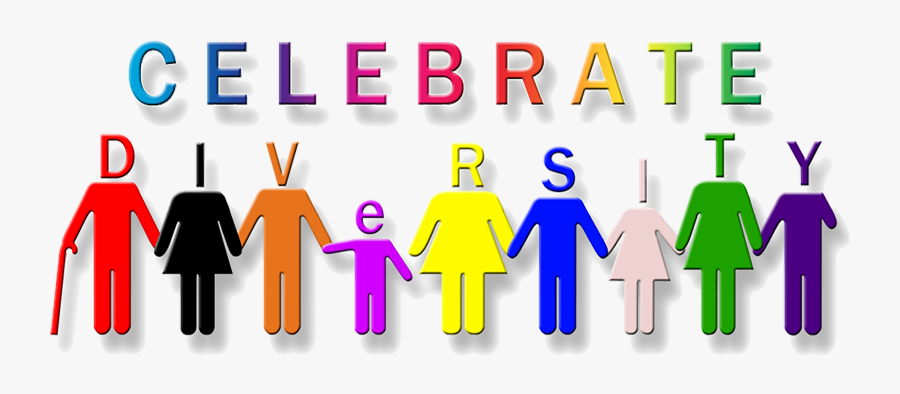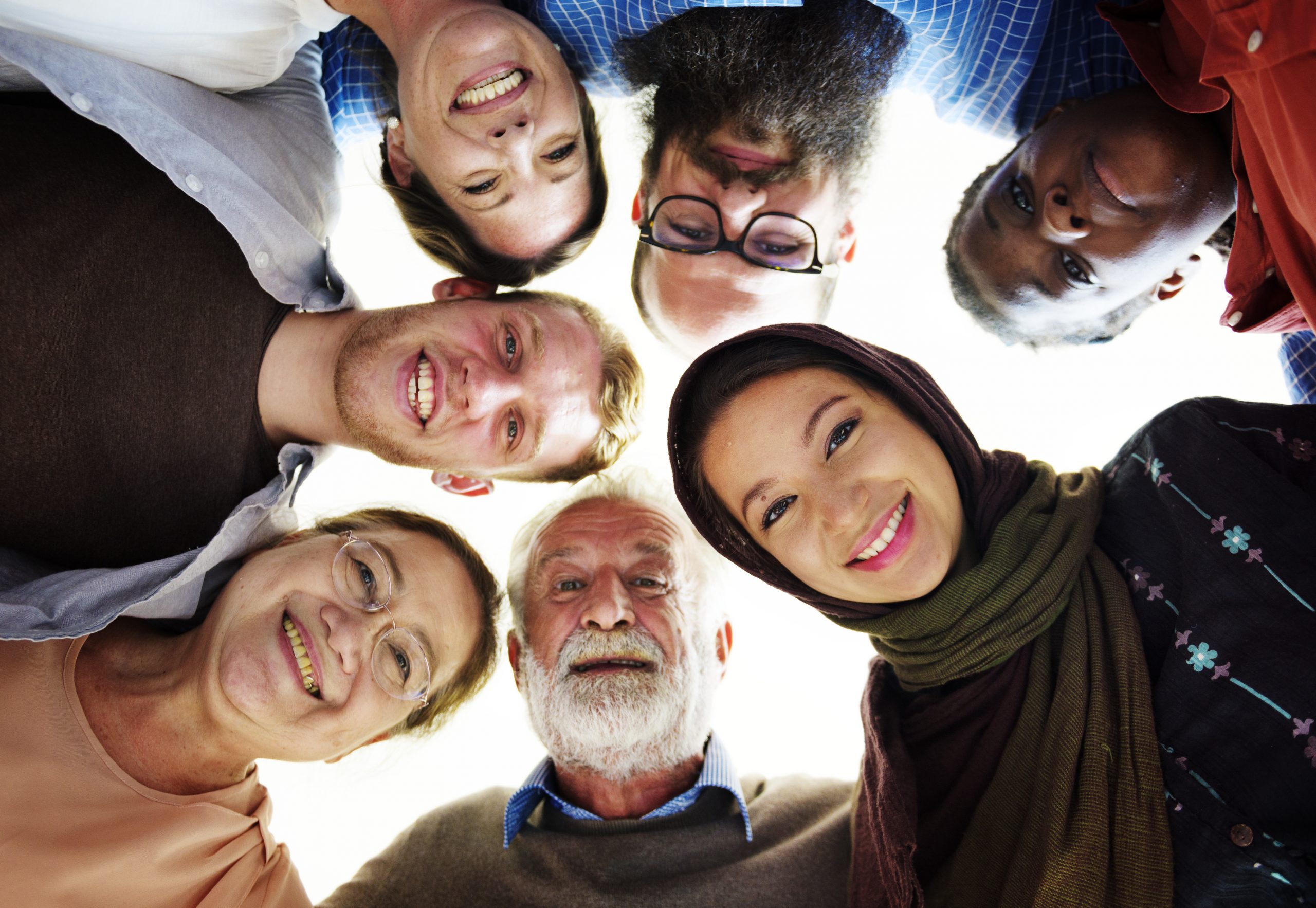Having allies increases diversity and inclusion success rates by 3X
Diversity and inclusion is not just a nice to have, it is a must have. The power of diversity is understood when we learn to value and respect every individual irrespective of their culture or background. Whereas, inclusion is about respecting all cultures and backgrounds by creating a much more understanding and tolerant environment. Forming a global diverse and inclusive community plays a major role in achieving the goal of gender equality and women empowerment. Study after study illustrates inclusive leaders get better results. The good folks at HBR have been reporting on this for 10+ years and study after study associates higher performance – profitability, innovation, productivity, quality, client satisfaction – with diverse and inclusive teams. Despite this data, the numbers remain stagnant on diverse representation in Corporate America.
This begs the question – if diverse teams are better, why are we not more diverse?
The reason is that we have not engaged our allies in the cause. We have gotten together in rooms of exclusive groups (people of color, women, etc.) and discussed the issue behind closed doors for far too long. Inclusion will not happen with exclusionary conversations. Further backed by the numbers BCG has been reporting that when white men are involved in diversity and inclusion programs, organizations experience a success rate of 96% vs. 30% when not involved.
Insert the power of the ally. For those striving to be an ally, here are some critical lessons on what an ally is, why it matters, and how to engage as an ally.
Allies is an umbrella term. Everyone has a different flavor of the definition. In my research on allyship, I define it as “a person with privilege that choses to leverage that privilege to support someone else.” Often, privilege means being a part of the majority group – white, cisgender, male, straight, able-bodied, etc. – yet we all have opportunities to be allies everyday to others. Ideally, allies support others that are underrepresented by gender, race, ethnicity, disability, sexual orientation, etc. They are not as likely to be seen, heard, or feel as they belong in workplaces or other everyday situations. Allies essentially create a workplace where everyone gets the opportunity to excel and promotes inclusion for people across the whole diversity spectrum.
Allyship is powerless. Often our allies can be work friends, sponsors, advocates, coaches, personal acquaintances, family members, peers, mentors, direct reports, leaders, caregivers, or educators. This is a starter list. The important distinction is that ally roles are co-defined by both the ally and the recipient of the allyship. It is an intentional relationship where both parties stand side by side equal together.
Allyship is in the eye of the beholder. Allies cannot self-proclaim to be allies. This means no rescue capes necessary, white saviors or male heroes! It may feel good to save the day, but this is not sustainable and may actually worsen the problem rather than ameliorate it. All too often those striving to be allies with the best of intentions mansplain or whitesplain the experiences of the underrepresented group, or worse yet, those so-called allies try solving the perceived problem without fully understanding it. One key behavior of allies is listening by seeking to understand vs. to be understood. An oldie but goodie by early allies Covey.
Allyship is a journey, not a destination. In Jennifer Brown’s How to Be an Inclusive Leader, she cites the continuum of allyship. It starts with unawareness or apathy, followed by awareness, activity, then advocacy. Allies essentially need to have courage because being an ally might require speaking out against comments or jokes that are racist, sexist or homophobic. Based on my research, roughly 60% are in the awareness and activity phases, while 20% fall into the apathy category and the remaining 20% in the advocacy category. Not everyone wants to be an ally, and that is okay. The overwhelming majority do strive to be allies, yet often do not know what to do or say. This is where education and awareness training come in. Even our advocates admit they have a long way to go and are continuously learning new terms and techniques and unlearning bad habits and biases.
We need to meet our allies where they are at. Yes, this may seem exhausting and daunting to some that are frequently underrepresented or the “only” in rooms of people of the majority group. I get it. I have had this debate openly with my clients and every time we come to the same conclusion. If we leave out those with privilege and therefore power, how will we advance equality for all? Be it gender equality or empowering women, It is important to refuel as allies and practice healthy self-care to keep the energy up for the journey. It is a long-game to undo the systems that keep the majority group up and those that are underrepresented down. Thus, whether it’s about creating gender equality or empowering women, there’s no doubt that it will take all of us to solve this problem.
All people deserve to be seen, heard, and feel as they belong. All people should be able to bring their full selves to work. And, we ALL will be better for it.
We are stronger together, we are ONE.
Learn more on how to Lead Like an Ally at LeadLikeAnAlly.com. We have a video series, podcast episodes, and workbooks to support your ally journey.

